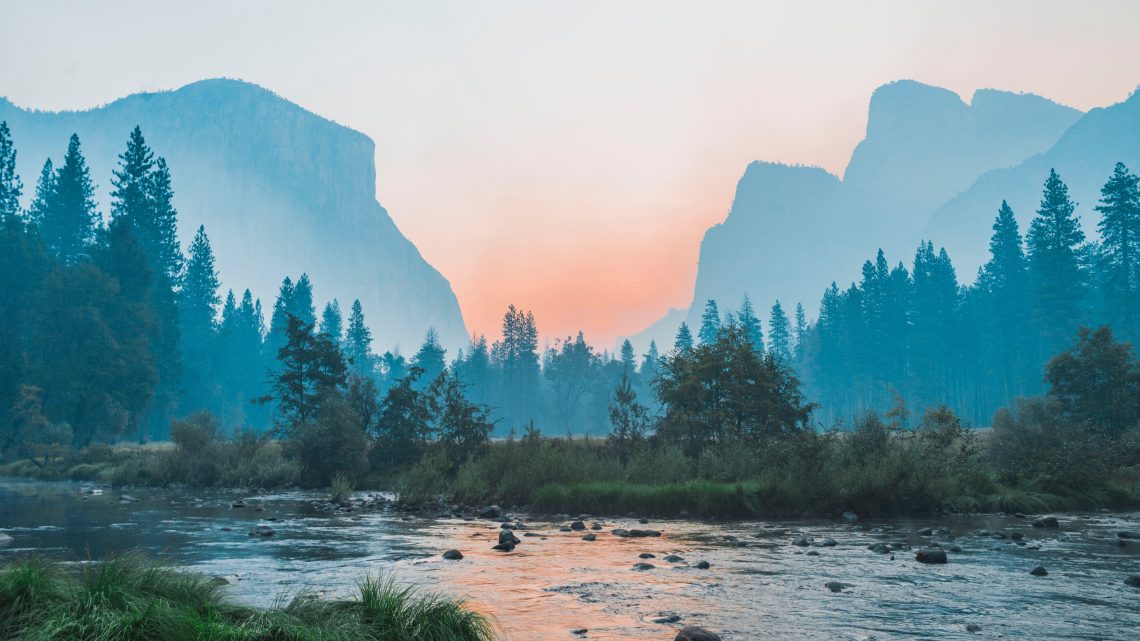Yosemite is one of the nation’s most treasured national parks. With breathtaking natural beauty and so many activities for outdoor enthusiasts, it’s no surprise that Yosemite is one of the most visited destinations for nature lovers. Visitors must appreciate the stunning landscape and respect the inherent dangers associated with the unique landscape. This article will provide some essential safety tips for your next visit to the park.
Understanding the Terrain
To be fully prepared to take on Yosemite, it’s best to have an understanding of the park’s natural features that contribute to its beauty and inherent safety risks. Yosemite National Park covers over 1,200 square miles of mountainous terrain, with altitudes ranging up to 13,000 feet. The park hosts countless waterfalls, streams, and lakes, as well as granite mountain faces, forests, and meadows.
Yosemite’s weather can be unpredictable. Sudden changes in temperature, rain, and wind can make it challenging to prepare for a visit. Summertime brings thunderstorms, flash floods, and lightning strikes. In the winter, snow and ice are commonplace in the park’s roads and hiking trails. Be sure to check the forecast and pack the appropriate gear given the changing conditions.
Hiking Safety
One of the most popular activities for park guests is hiking. There are over 750 miles of trails for guests to explore, with the most famous being the 16 mile hike to Half Dome. Hiking can be one of the most dangerous activities, especially for the unprepared. The number one cause of death in Yosemite is slips and falls, here’s how you can prepare and stay safe on the trials:
Know Your Limits
Before setting out for a hike, make an honest assessment of your physical fitness and skill level to set your limits. Choose a trail that matches your abilities, and avoid pushing your limits. Oftentimes, hikers are blindsided by the thinner air at a higher altitude.
Stay on the Designated Trail
Yosemite’s trails are carefully maintained by the National Park Service. Wandering off the trails significantly increases your chances of falling, drowning, and causing damage to the fragile ecosystem. Follow the trail markers, pay attention to signage, and don’t stray off the designated paths.
Bring the Right Gear
Being equipped with the right gear is crucial for hiking safety. Brining the right equipment can make a difference in safety and overall experience for hikers. For example, wearing proper hiking shoes with plenty of grip can help you avoid slipping and falling while on a trail. Pack enough water and snacks to keep your energy up to get you through the hike.
Water Safety
Yosemite’s streams, lakes, and waterfalls are gorgeous, but prove to be dangerous. Here are some tips around Yosemite’s waters.
Avoid Swimming in Rapids or Near Waterfall
Swimming is a great way to cool off for many park guests. However, swimming can be extremely dangerous, and even deadly. Yosemite’s unpredictable weather makes currents and rapids especially risky for swimmers. Avoid swimming in rapids or near waterfalls, try and swim in calm lakes and rivers. Be especially alert during late spring and early summer.
Watch for Slippery Rocks
What may seem like an obvious place to gather your footing, wet rocks can be deceivingly slippery. Use caution when walking on wet rocks, footwear with good traction can be a huge help.
Never Dive Into Unknown Water
Much of Yosemite’s waters are hiding fallen trees, rocks, and debris under their surface. Diving can result in serious injury or death.
Enjoy Your Visit!
Yosemite is a beautiful and awe-inspiring destination. Make sure you experience all the park has to offer, but remember to respect the park’s inherent danger and to come fully prepared. Follow these tips to ensure you have a safe and memorable trip to one of the nation’s greatest national parks.





No Comment